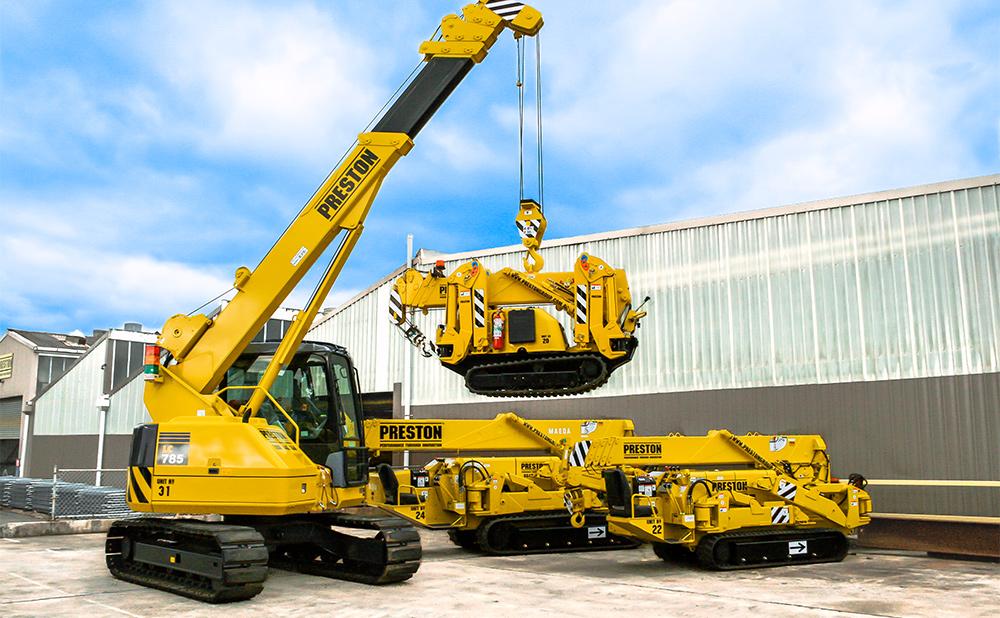For millions of homeowners, and particularly those in the likes of older Massachusetts houses, improving energy efficiency is a slippery endeavor. Many get their hopes up of comfort and cheaper utility bills with an upgrade in insulation, only to then realize the attic or walls contain hazardous materials.
But what many don’t realize is that they might qualify for financial assistance to address this exact issue. If you want to upgrade your insulation but are hindered by older materials, the Mass Save asbestos removal rebate may provide the support you need.
Table of Contents
The obstacle to energy efficiency
Before a home can receive blown-in cellulose or fiberglass insulation, it must be cleared of any hazards. The most common problem in older homes is often vermiculite insulation, which is a pebble-like material used decades ago. Unfortunately, it contains asbestos fibers.
When a Mass Save energy auditor inspects your home, having vermiculite of course stops any insulation plans. Disturbing this asbestos can release toxic fibers, becoming lodged in lungs which can be fatal. Because any old contractor can’t just rip out or disturb this material, homeowners often find themselves needing mass save vermiculite removal services.
What is Mass Save?
Mass Save is a collaborative program sponsored by Massachusetts gas and electric utilities and energy-efficiency service providers. Other regions may well have other programs under different names, but this is a leading example. Its mission is to reduce energy use and costs for both businesses and homeowners. While many know Mass Save for rebates on efficient lighting and insulation, not many know that the program also addresses pre-weatherization barriers that prevent these upgrades. Asbestos removal is therefore included.
Certified abatement is required
Safety is everything, and asbestos is no joke. Mishandling it can contaminate the entire home. It cannot simply be swept up or removed without proper procedures from licensed professionals – these have specialized equipment and containment.
Before searching “vermiculite removal near me” it’s important to only consider licensed contractors that are familiar with Mass Save or the equivalent programs.
How the financial support works
With professional asbestos removal, you’re talking thousands of dollars. Tens of thousands, sometimes, and this reall discourages some homeowners from pursuing energy-efficiency upgrades.
The Mass Save asbestos removal rebate can reimburse a portion of the abatement expenses, and this limit or percentage will be pre-agreed. It makes the subsequent insulation upgrade way more affordable, and some programs may even cover the full cost.
Step-by-step guide
- Schedule a no-cost Mass Save home energy assessment (or equivalent) to find efficiency opportunities and any vermiculite issues.
- Confirm if the vermiculite contains asbestos.
- Gather quotes from licensed asbestos abatement contractors who are familiar with Mass Save requirements (or equivalent).
- Submit the required paperwork and contractor quotes to Mass Save for pre-approval. Do this before any work begins.
- Have only certified professionals remove the hazardous material and save all receipts and emails/contracts/quotes.
- Proceed with installing new insulation.
- Submit your final documentation to receive the rebate reimbursement.
The moral of the story here is not to let previous poor building standards hinder and dictate your new building standards. We should all move towards efficiency, if not for the environment, it helps become less dependent on utilities. While there may still be upfront costs, incentives like Mass Save can really help recoup some of that money so your return on investment is a little better – and many homeowners don’t realize they qualify.





